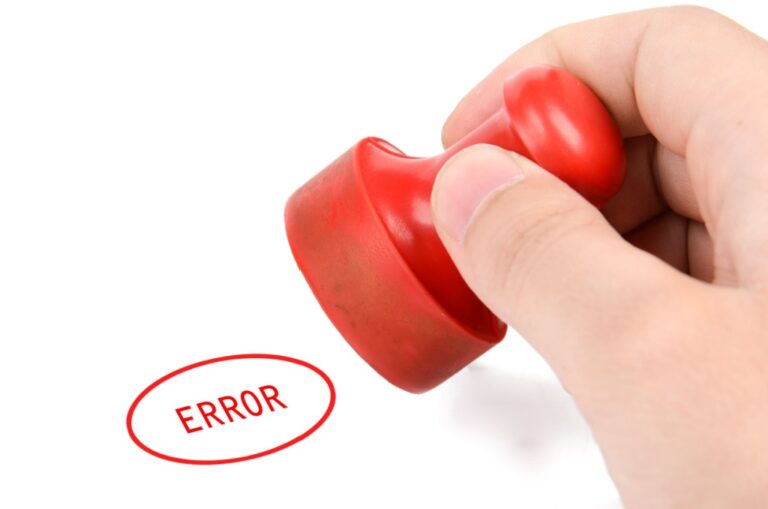How to File a VA Disability Claim for Multiple Secondary Conditions

Filing a VA disability claim for multiple secondary conditions can be a complex but essential process for veterans whose service-connected disabilities have led to other medical issues. Secondary conditions occur as a direct result of a primary service-connected disability and can significantly impact a veteran’s quality of life. Understanding how to file a successful claim for these conditions is crucial to maximizing your VA benefits.
In this guide, we’ll walk you through the steps of filing a VA disability claim for secondary conditions, the documentation you need, and tips for building a strong case.
What Are Secondary Conditions?
Secondary conditions are medical issues that develop as a result of a service-connected disability. For example, if a veteran has a knee injury from service, they might develop chronic back pain due to compensating for the knee injury while walking. Common examples of secondary conditions include:
- Sleep Apnea caused by PTSD
- Depression resulting from chronic pain
- Hypertension due to diabetes
In each case, the secondary condition is considered service-connected because it is a direct result of the veteran’s primary disability. Veterans are eligible for additional compensation based on the severity of these secondary conditions.
Steps to File a VA Disability Claim for Multiple Secondary Conditions
1. Determine the Primary Service-Connected Condition
Before filing a claim for secondary conditions, you must already have a VA-recognized service-connected disability. This condition will serve as the foundation for your claim. For example, if you have a 30% disability rating for a service-connected injury, any secondary conditions must stem directly from this primary condition.
2. Gather Medical Evidence
You will need strong medical evidence to show that your secondary conditions are directly caused by your primary service-connected disability. This can include:
- Doctor’s Reports: A detailed explanation from your healthcare provider linking your primary condition to your secondary condition.
- Medical Records: Records that document both the progression of your primary condition and the development of your secondary condition.
- Nexus Letter: A critical piece of evidence, a nexus letter from your doctor explicitly states that your secondary condition is “at least as likely as not” caused by your primary disability. The VA relies heavily on nexus letters when evaluating claims for secondary conditions.
3. Complete VA Form 21-526EZ
To initiate your claim, complete VA Form 21-526EZ, which is the application for disability compensation. On this form, you’ll need to list both your primary and secondary conditions. Be specific about the connections between them. For example, if you’re filing for depression as a secondary condition to chronic pain, explain how the ongoing pain has impacted your mental health.
4. Submit Your Claim
Once your documentation is ready, you can submit your claim through the VA’s eBenefits portal, by mail, or with the help of a VA-accredited attorney. Keep in mind that the VA claims process can take several months, so it’s essential to track your claim and follow up if necessary.
5. Attend VA Compensation and Pension (C&P) Exams
The VA may schedule a Compensation and Pension (C&P) exam to evaluate your secondary conditions. Be honest and thorough when discussing how your secondary conditions impact your daily life. This exam plays a significant role in determining the outcome of your claim, so it’s crucial to prepare adequately.
Tips for Building a Strong Case
- Get Expert Medical Opinions: The stronger your medical evidence, the better. Seek out specialists who can provide detailed nexus letters and medical records linking your secondary conditions to your primary disability.
- Be Consistent in Your Documentation: Make sure your medical history and personal statements are consistent throughout your claim. Any discrepancies may lead to delays or denials.
- Don’t Forget About the Secondary Conditions’ Impact: It’s important to document how your secondary conditions have affected your ability to work and function in daily life. This can help justify a higher disability rating.
Need Help With Your VA Disability Claim? Contact VA Benefits Attorneys
Filing a VA disability claim for multiple secondary conditions can be challenging, but with the right preparation and documentation, you can increase your chances of success. By understanding the requirements and ensuring that you provide comprehensive medical evidence, you’ll be well on your way to receiving the benefits you deserve.
If you need assistance with your VA disability claim or have questions about filing for secondary conditions, VA Benefits Attorneys are here to help. Our experienced team can guide you through the claims process and ensure that you get the compensation you’ve earned. Contact us today for a free consultation.







